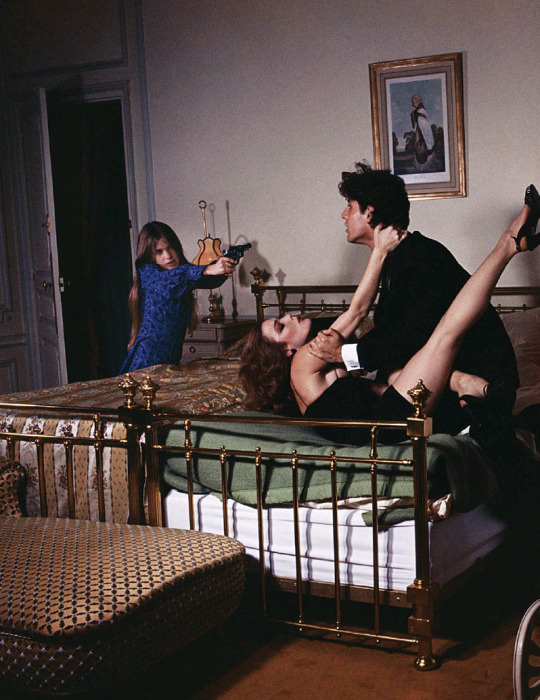Text
fallout is great because i love using glitches to beat enemies
2 notes
·
View notes
Text
doesn’t everyone constantly feel like they’re acting. All the time
32K notes
·
View notes
Photo

This is carved in one of the tables at a local restaurant in my hometown
68K notes
·
View notes
Photo

Vogue Paris Novemeber 1975 ~ photographed by Guy Bourdin
3K notes
·
View notes
Photo

Photograph of tattooed criminal ‘Fromain’, July 24th, 1901. Glass plate, No. 6245 Archives de la préfecture de police, Paris. (crop)
from Roses and Daggers: Expressions of Emotional Pain and Devotion in Nineteenth-Century Tattoos by Gemma Angel
4K notes
·
View notes
Text
fucking insane to me that people can be mean to kids. this thing is four to five shoe boxes tall and youre shouting at it ?? ? what is your damage the mf just got here.
83K notes
·
View notes








